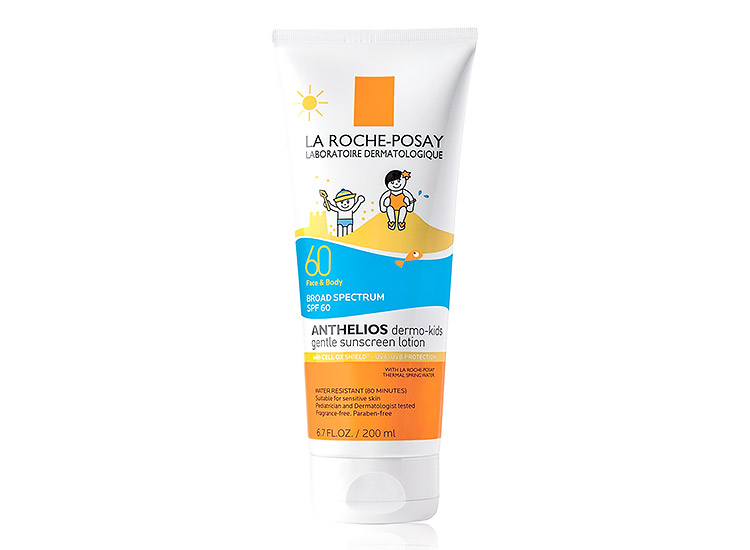

Stephens says that while both kids’ and baby sunscreen are designed to protect delicate children’s skin from harmful UV radiation, baby sunscreens usually contain mineral-based ingredients, while kids’ sunscreens often use chemical ingredients for active bodies. That said, there are some key differences to note: If you’re a parent who doesn’t want to spend money on yet another specific baby product, rest assured: “There are more similarities than differences,” says Dr. And finally, she says, “If your baby's eczema is severe, or if you have concerns about using sunscreen on their skin, consult a doctor or pediatrician for advice.” What is the difference between kids’ sunscreen and baby sunscreen?
#Best baby sunscreen for sensitive skin Patch
Stephens suggests doing a patch test on a small area of skin to check for any adverse reactions before they become widespread. Stephens adds that formulas with titanium dioxide are also a good bet. Day says, “It's important to also consider selecting a sensitive formula that doesn’t contain parabens, fragrances, dye, or chemicals that could further irritate the skin.” She notes that zinc is usually well tolerated (“It’s the same ingredient that’s used for treating diaper rash!”). It’s no wonder, according to the National Library of Medicine, the incidence of atopic dermatitis has increased two- to three-fold in industrialized nations, impacting approximately 15% to 20% of children. Should you apply sunscreen on babies with eczema?ĭr. Whatever you choose, make sure the packaging says it offers UVA and UVB broad-spectrum protection. Stephens recommend going with an SPF of 50 or more.

The American Academy of Dermatology recommends sunscreen with an SPF of 30 or higher, though Dr. “This is because babies' skin is much more delicate and sensitive than older children's, requiring extra protection.” “Baby sunscreens typically have a higher SPF level-50 or above-compared to kids’ sunscreen,” says Dr. Think of them as the mama bears of sunscreen, with a high level of SPF protection. This is opposed to chemical sunscreens, which “contain avobenzone, octinoxate, and oxybenzone, are absorbed into the skin.” What SPF should baby sunscreen have? “It offers physical protection and does not penetrate through the skin, especially on babies and infants, over the absorbed alternatives.” She noted that mineral-based sunscreens contain active ingredients (zinc oxide and titanium dioxide), which sit on top of the skin's surface to deflect UV rays. “I recommend using mineral-based sunscreen ,” says Dr. “For younger babies, using sun protective clothing and adequate shade is the best way to protect them from UV rays.” What kind of sunscreen should babies wear? “It’s super important to control sun exposure for babies of this age,” says Dr.

In that case, both experts underscore staying in the shade and dressing in UPF clothing (including baby swimsuits with ultraviolet protection), especially during peak sun hours. While the first six months of a baby’s life are largely an indoor affair, you can’t always avoid direct sunlight. Stephens agrees and adds, “This is because their skin is very delicate and sensitive, and they are more susceptible to irritation and allergic reactions.” “As a general rule of thumb, I recommend that parents speak to their pediatrician before starting to use sunscreen on infants less than six months of age as it's not generally recommended,” says Dr. Target Can babies under six months old wear sunscreen?



 0 kommentar(er)
0 kommentar(er)
